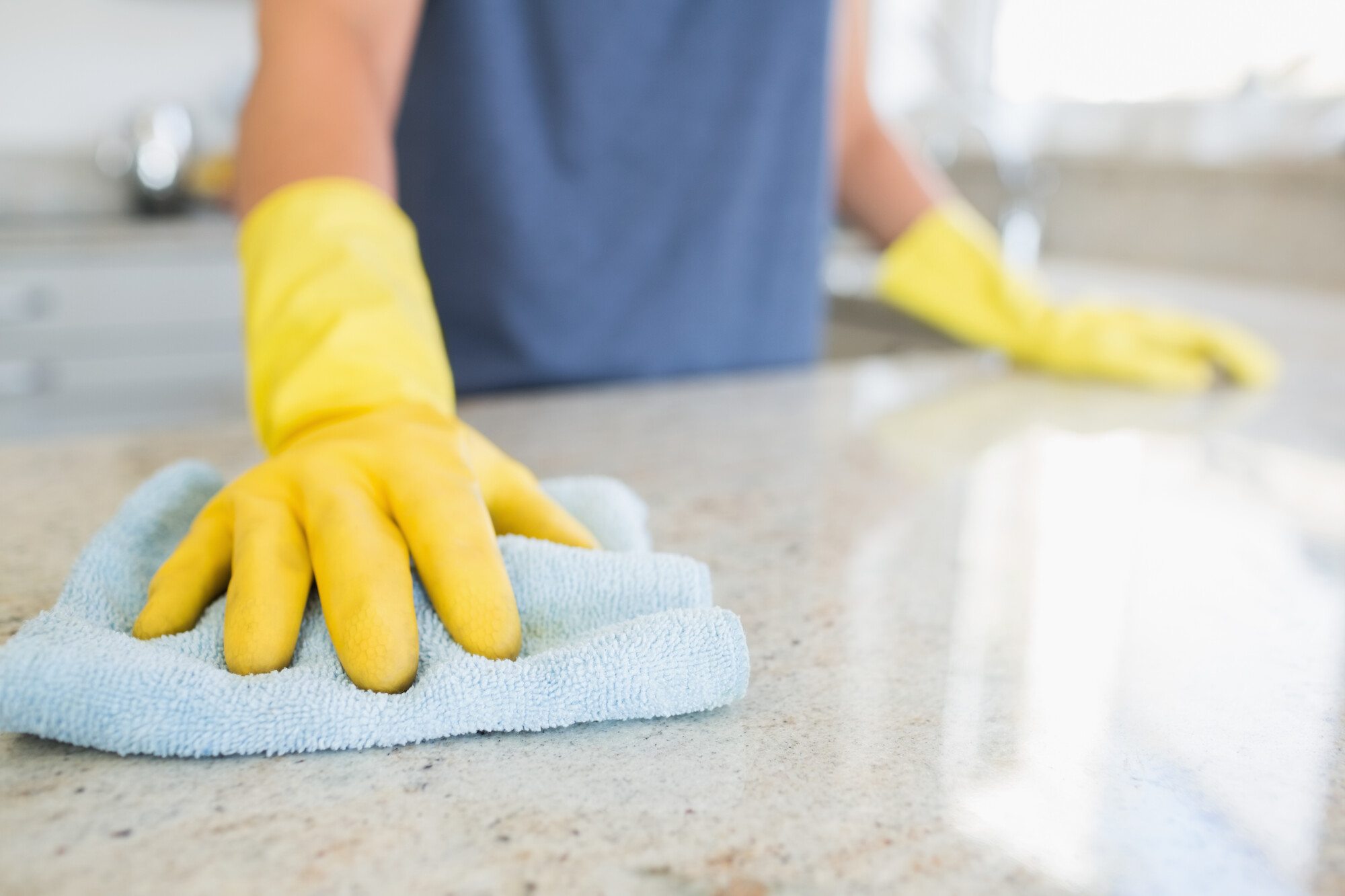Arizona is home to over 15,000 known insect species, more than 95% of which are harmless or beneficial to humans. Unfortunately, the rest, including ants, flies, roaches, and ticks, are pestiferous. On top of those pest insects are the damage-, disease-bringing rodents, such as mice and rats.
Neglecting household cleaning is one way to attract those pests into a home. What’s more, they can reproduce fast and cause an infestation once they get in. From there, they can add to the already large number of indoor air pollutants.
That’s a good enough reason to clean a house and disinfect it frequently.
The question now is, how often should you be doing those?
We’ve answered that below and listed some basic cleaning tips, too, so be sure to read on.
Right Away
Wipe food splatters on the stove or oven when the appliance gets cool enough to the touch. That way, they won’t have the time to harden and become harder to scrub away.
It’s also wise to clean the dining table (or any other surface where you ate) right after eating. Wipe or mop food and drink spills from surfaces and floors immediately, too. Doing so helps keep them from emitting odors that pests can smell from afar.
In addition, cleaning spills right away prevents them from staining floors or carpets.
A Few Times a Day
Contrary to popular belief, kitchens harbor more disease-causing microbes than toilets. That’s a fact, according to scientists, who also note that sponges are the reason why. After all, they provide ideal living conditions for germs like E. coli and Salmonella.
What’s more, many people tend to use the same sponge to wipe sinks and other kitchen surfaces. That results in the germs transferring to whatever they touch.
That’s why it’s best to clean and disinfect your kitchen sponge, sink, and surfaces after every use. Include not only countertops but the handles of taps and cabinets, too.
It’s also wise to give your cutting boards a deep clean and disinfection after every use. Remember: Pathogens that cause food poisoning can cover raw meat, fruits, and veggies. Those germs, in turn, can transfer to the cutting board.
In any case, be sure to clean items with soap and water before disinfecting them. Doing so removes dirt and other contaminants, making disinfection more effective. As for what disinfectant to use, you can make your own by combining one tablespoon of bleach with a gallon of water.
Every Day
Clean and disinfect high-touch surfaces, like doorknobs and light switches, once a day. Do the same for the fridge door handle, especially if you touched it after handling raw food.
Also, a word of warning on stainless steel surfaces: don’t use bleach, as it can damage the metal. Instead, you can concoct your own baking soda paste cleaner. You can also whip up a DIY solution of distilled white vinegar and olive oil.
Twice a Week
If you haven’t been putting the toilet seat cover down whenever you flush, it’s time you start doing so. That’s because the droplets produced by flushing can harbor pathogens. Those droplets can then fall on and contaminate other surfaces.
For the same reason, it’s best to clean and disinfect your bathroom at least twice a week. Be sure to pay more attention to the toilet, sink, taps, toothbrush holder, and mirrors.
If you live with other people, replace towels after every few days, too. However, be sure to wipe down the towel racks with a disinfectant before placing the fresh towels on them.
Once a Week
Once a week, sweep or vacuum high-traffic spots, such as the entryway, living room, and kitchen. Be sure to include the areas beneath the fridge and the stove/oven, too. Their undersides may already be full of crumbs and food debris.
It’s also wise to clean and clear your refrigerator of leftovers weekly. One option is to eat them, so long as they’ve only been in the fridge for three to four days. However, if they’ve been in there longer, throw them, or better yet, turn them into compost.
Bedsheets and pillow covers are other items you’d want to clean weekly. While you’re at it, vacuum your mattress and the rest of the bedroom, too.
Every Month
Vacuuming upholstered furniture, carpets, and air vents once a month keeps them dust-free. You can follow the same timeline for wiping windows and window covers, such as blinds.
You’d also want to make cleaning the garbage disposal and dishwasher a monthly habit. The same goes for the outdoor unit of your heating and air conditioning system.
Every Few Months
The filter in heaters and air conditioners traps pollutants as the air passes. Its purpose, after all, is to protect the equipment from excessive dust or debris build-up. In that way, it also helps clean the conditioned air delivered by the heating and cooling system.
After about a month or two, though, you can expect the air filter to get clogged with contaminants. That’s why it’s at this frequency that you’d want to clean or replace them. However, if you have pets, it’s best to change your air filters once a month.
Electric fans can also develop layers of dust and debris after a few months. If you let their blades get dirty, they can spew all that dirt out, resulting in poor indoor air quality. So, give these appliances a good wipe every two to three months.
The fridge is another item you should deep clean once every season. By that, we mean removing all its contents so that you can wipe clean the fridge’s surfaces. Be sure to wash the shelves and racks with soap and water, too, to remove sticky residue or even molds.
That’s How Often You Should Clean a House
As you can see, how often you should clean a house depends on factors like which room it is or what you want to wash. For instance, many spots in the kitchen are germ-prone, so they need more frequent cleaning.
If you can’t follow this timeline to a T, though, you can also hire a cleaning service.
That’s where we here at Dirt Busters come into play. Our team specializes in professional cleaning services. So, give us a call now, and we’ll be happy to give your home the deep cleaning it deserves.





